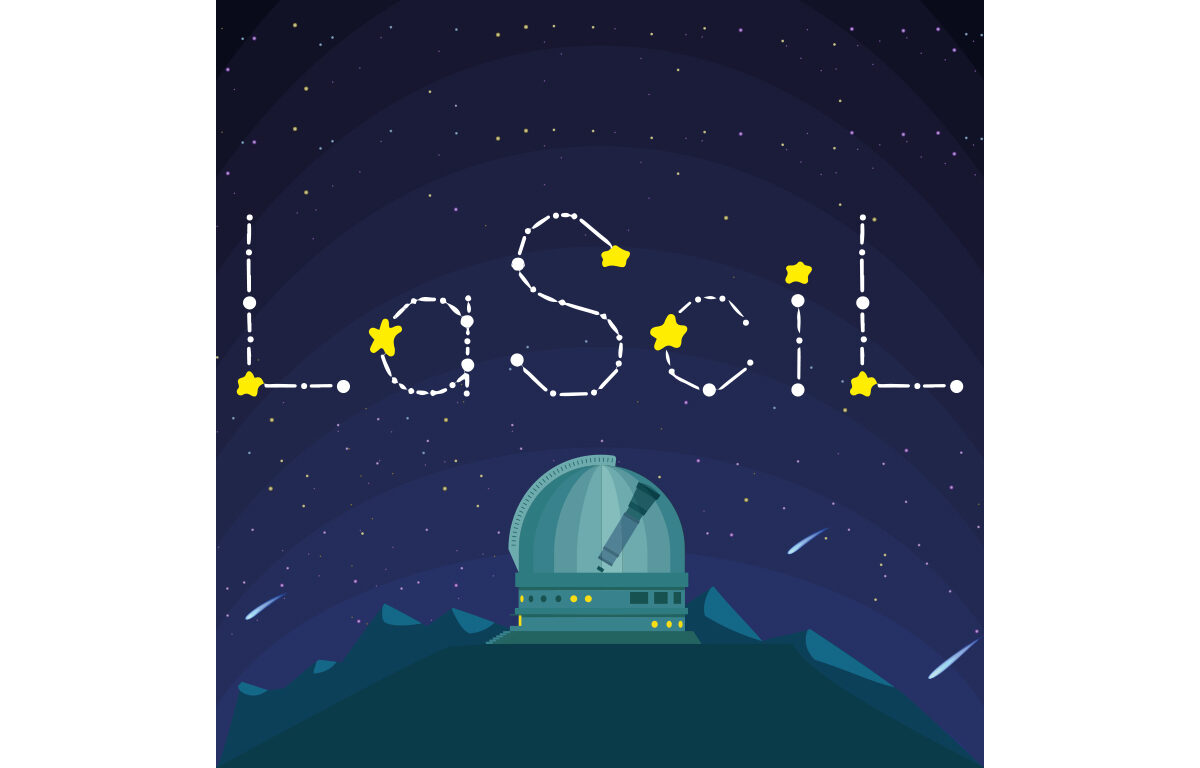Explore educational scenarios prepared by teachers!
Teachers trained by the project team prepared 48 educational scenarios following the same methodology of the demonstrators.
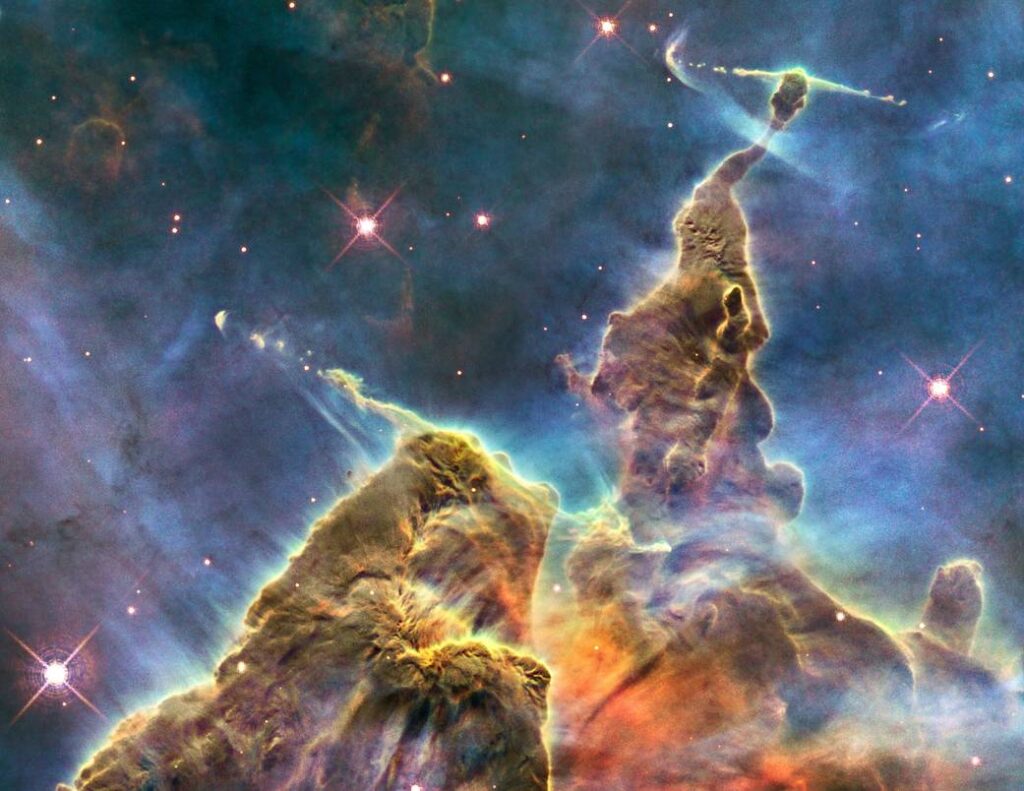
How important is light to the human vision?
Learn about light and color through exploration of astronomical objects and simulations.
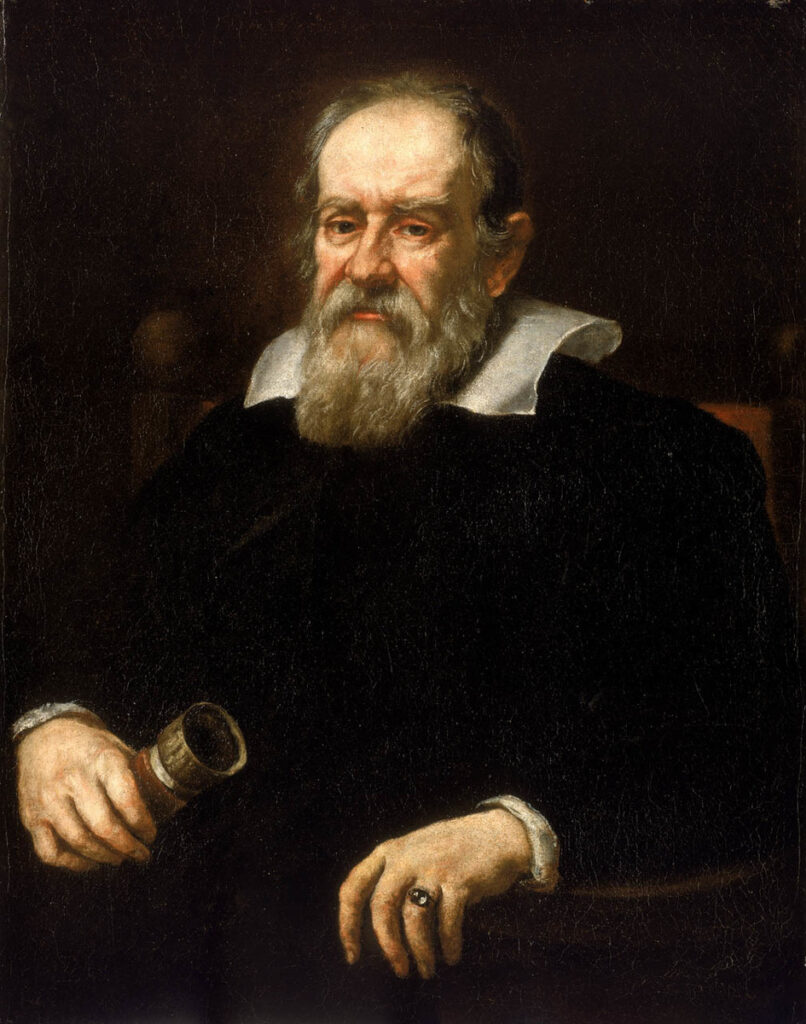
Be Galileo for one day, or more…but in the other days be yourself!
Build Galileo’s telescope with your classmates!

A voyage in sound and time: an introduction to sonification
Represent data in a different way.
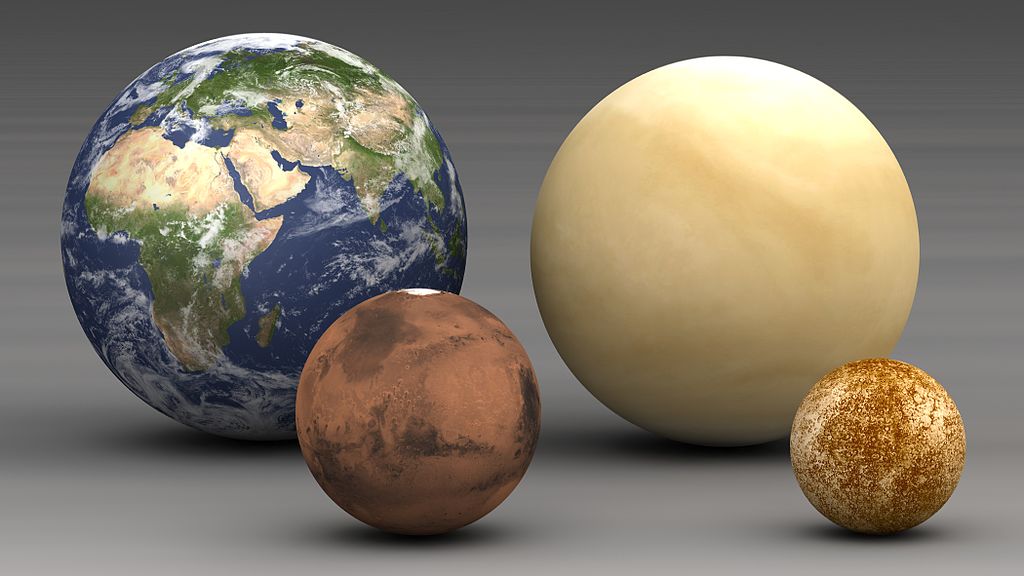
The structures of the Universe
An awareness about the scientific, technological and social meaning of human intervention in our environment and in culture in general.
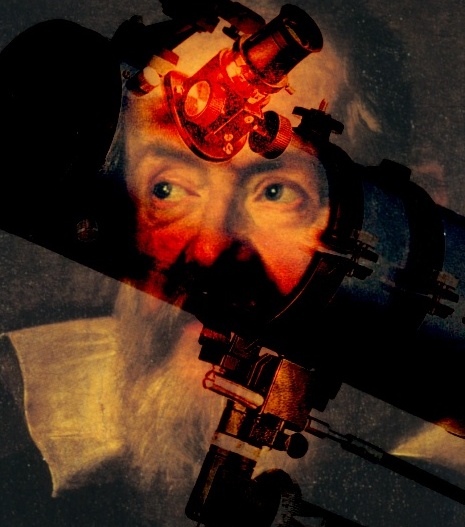
Et pourtant elle tourne
Revisit Galileo’s discoveries and the controversy between him and his contemporaries.
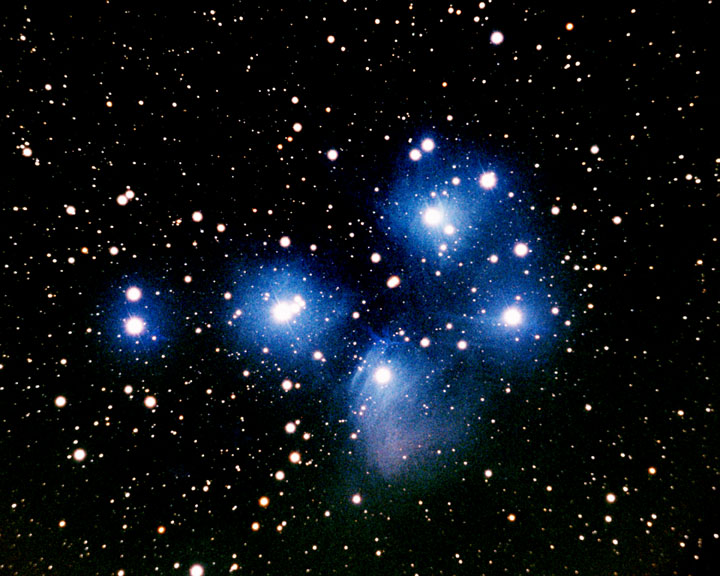
H-R diagram of Pleiades cluster
Use robotic telescopes to investigate a remarkable stellar cluster.
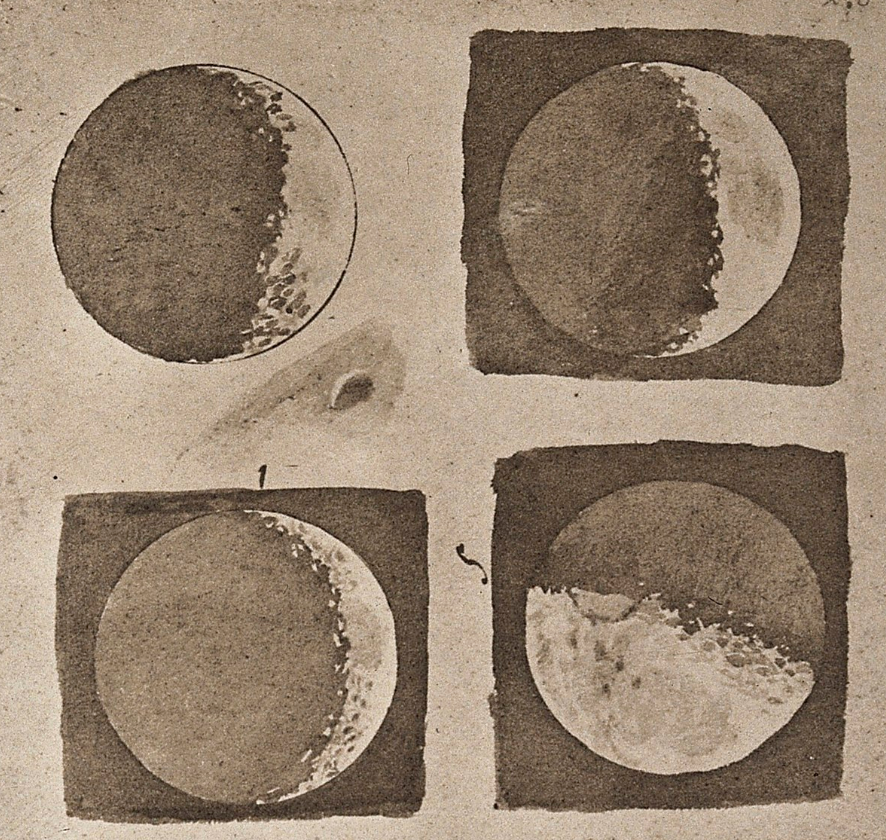
Measuring the lunar mountains
Discover how high are the mountains on the Moon.
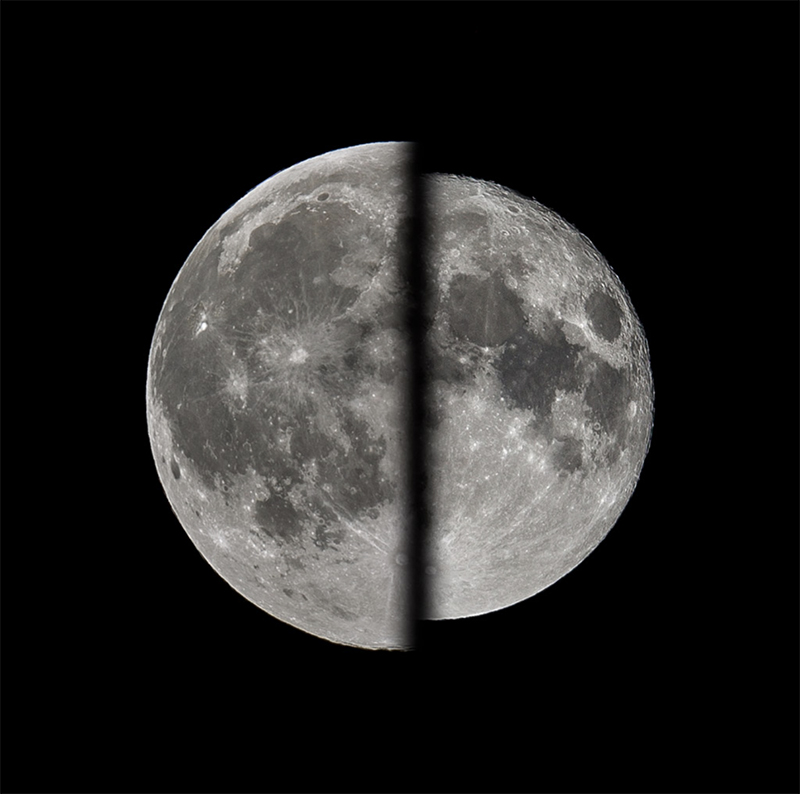
From the Earth to the Moon and the Sun
Investigate distances in the Solar System.
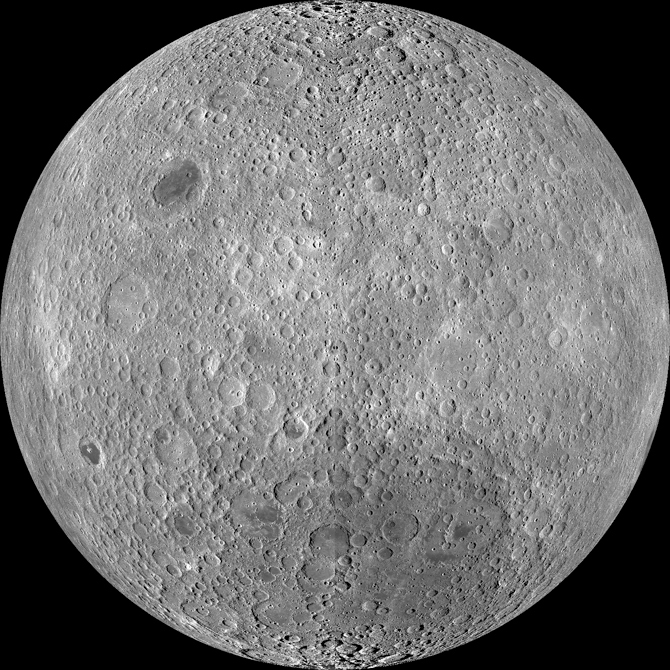
The dark side of the Moon
Is it dark or not?
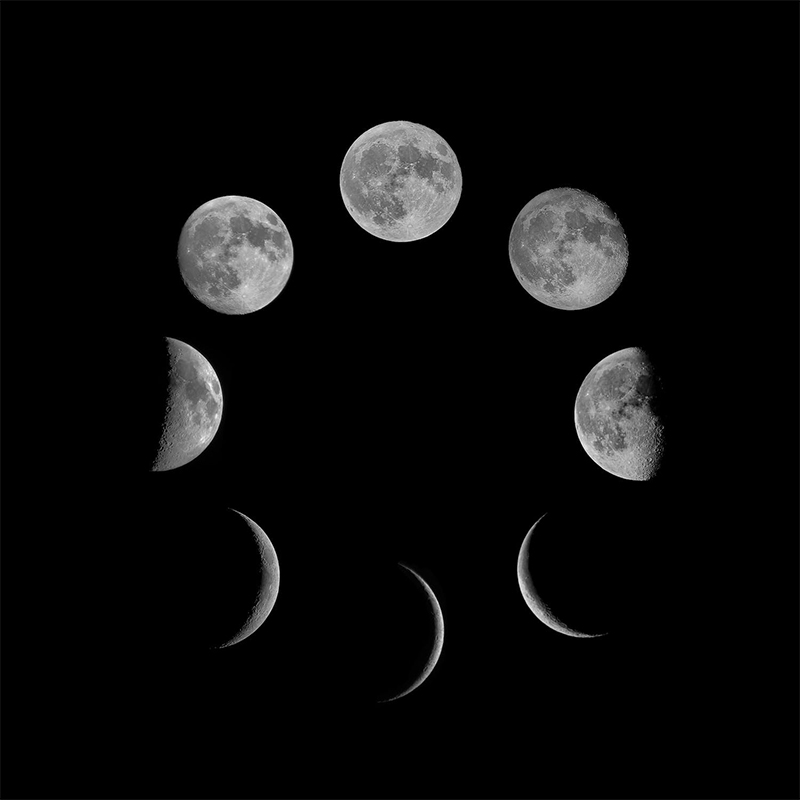
Phases of the Moon
Explore the ever-changing appearance of our closest celestial neighbour.
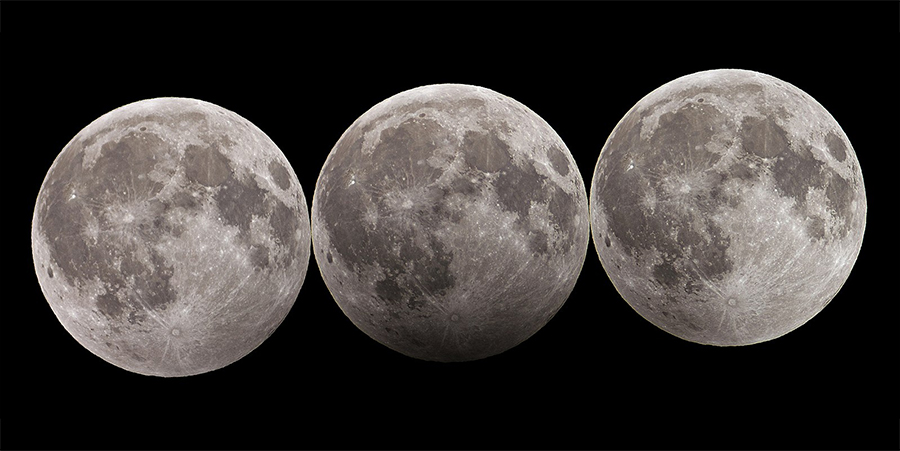
Motions of the Moon
Learn about our satellite’s motion and its impact on Earth.

Feggari or Selini?
Involve your students in an exploration of the Moon.
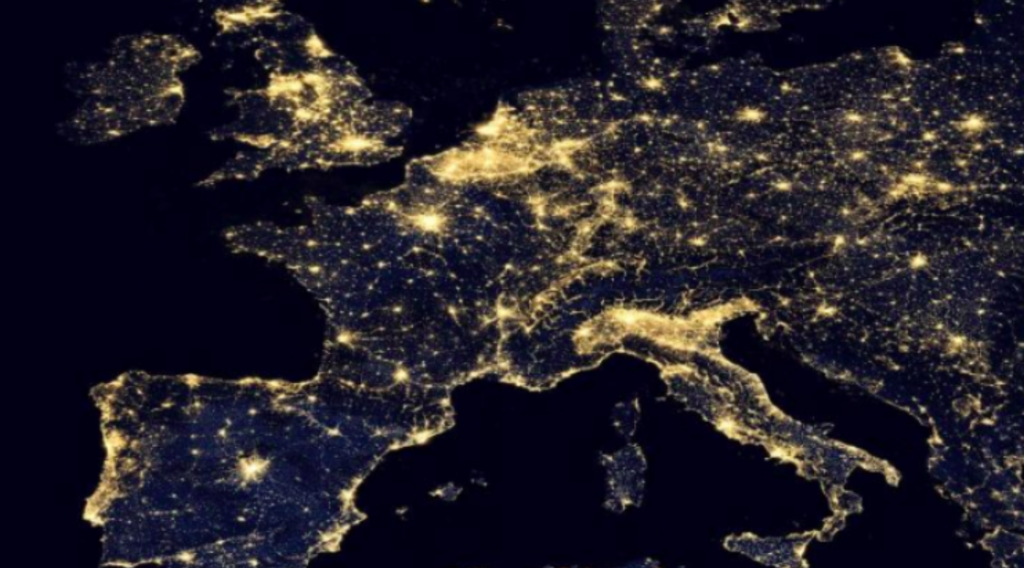
Measuring Light Pollution
Evaluate the impact of artificial lights close to your home-
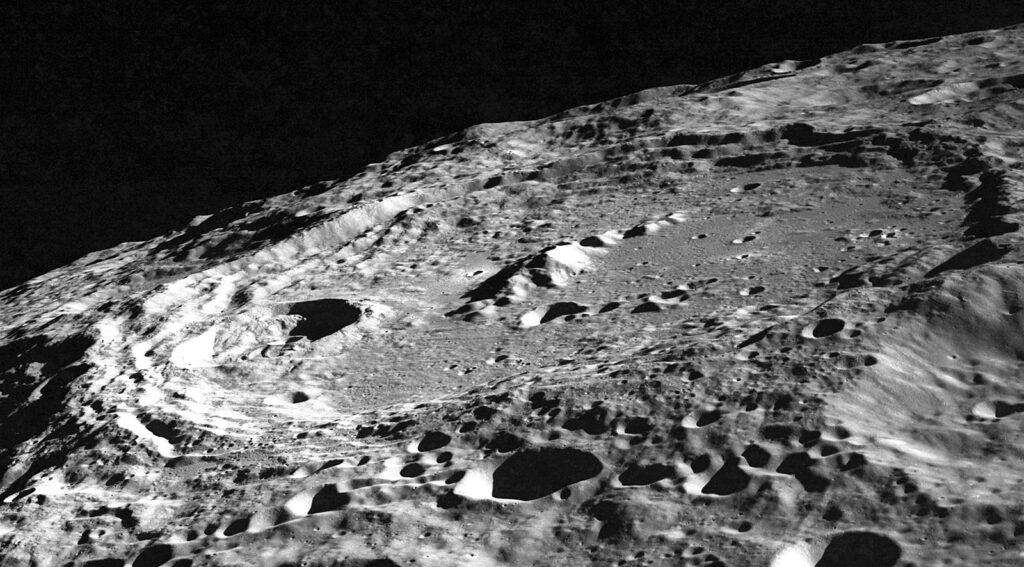
Naming the craters and other formations of the Moon
Investigate the biographies behind some of the Moon’s most conspicuous craters.
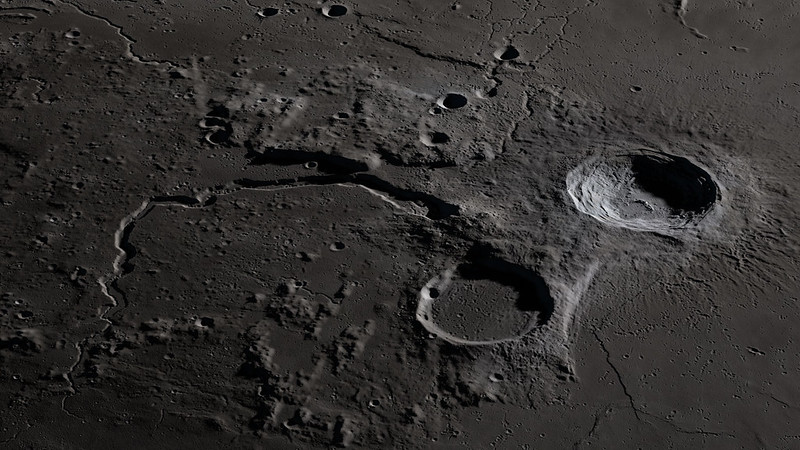
Measuring the craters on the Moon and comparing them with regions of Greece
Measure the diameter of lunar craters.
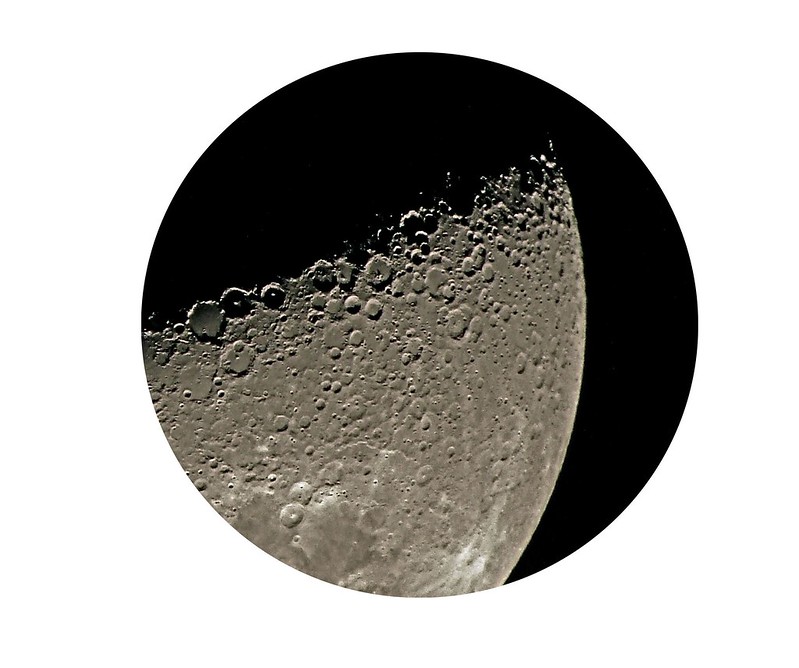
Important people on the Moon: create your own map of the Moon
Prepare your own map of the Moon.
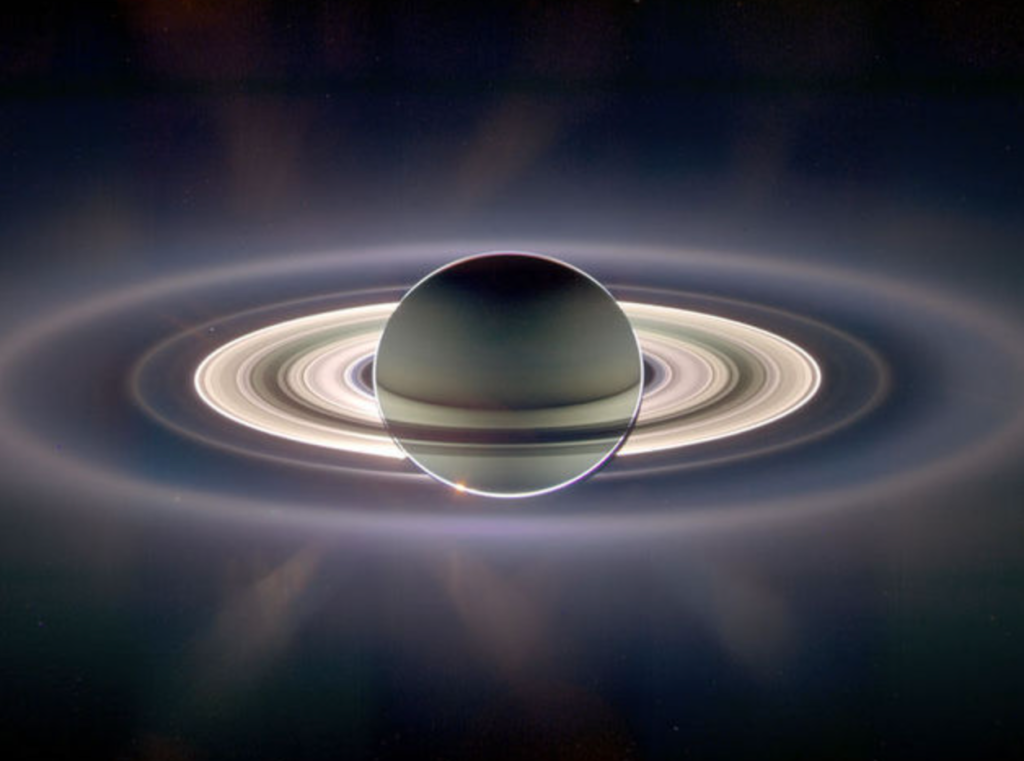
Put a ring on it!
Learn why some planets have rings and what they are made of.
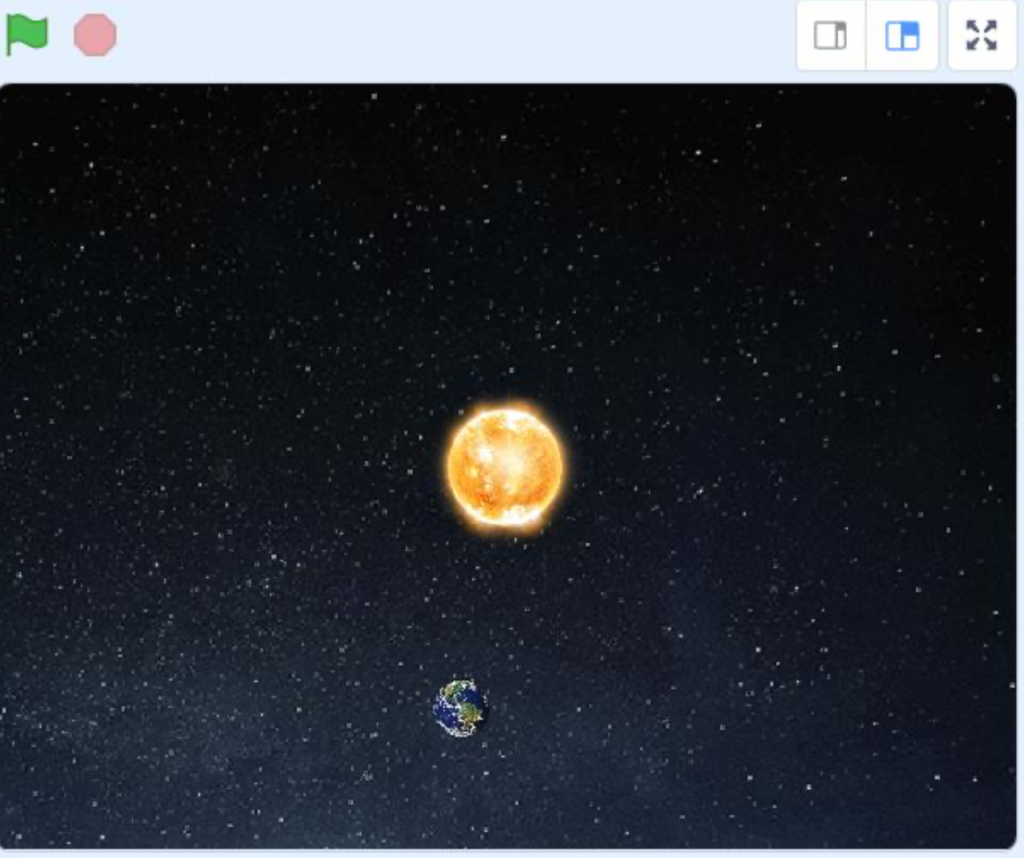
The motions of Sun, Earth and Moon through Scratch
Use a programming language to build a model of the Solar System.
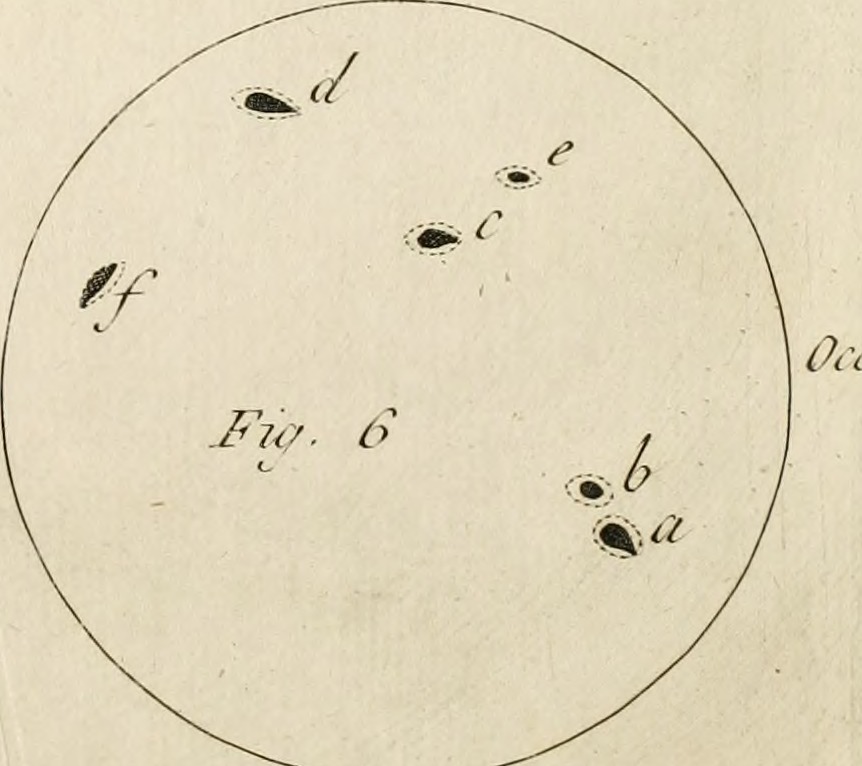
Safe observing and sketching sunspots
Compare your drawings of the Sun with satellite images.
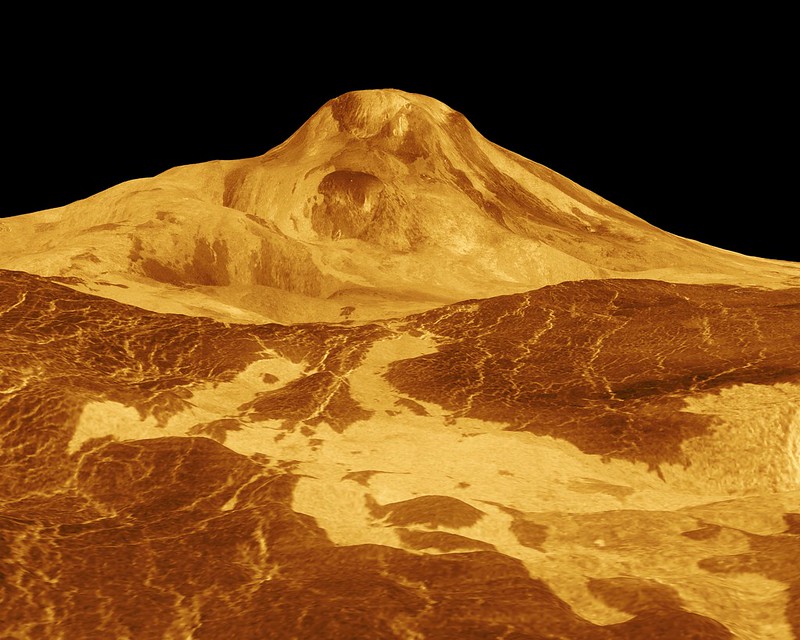
Volcanoes on Venus
Study the warmest planet of our Solar System and the volcanoes on its surface.
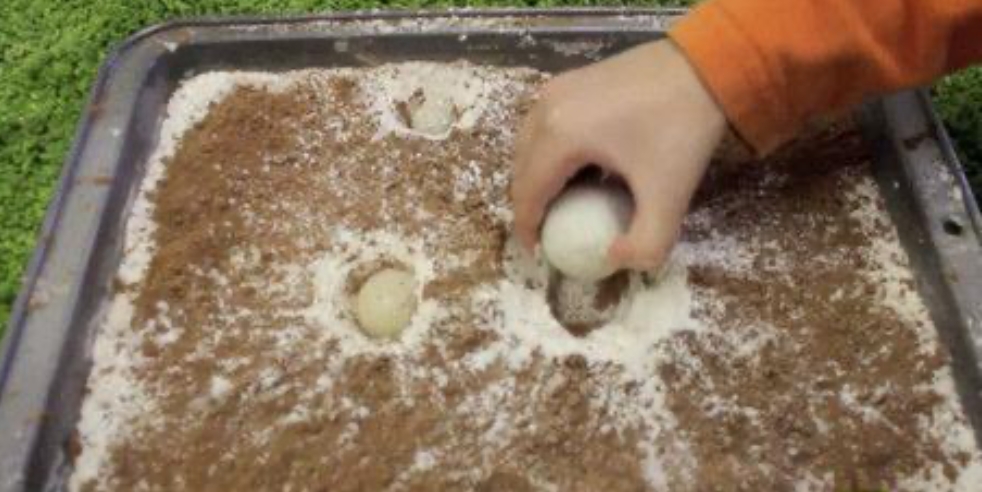
Moonlanders
Discuss the origin of our natural satellite and its surface features.
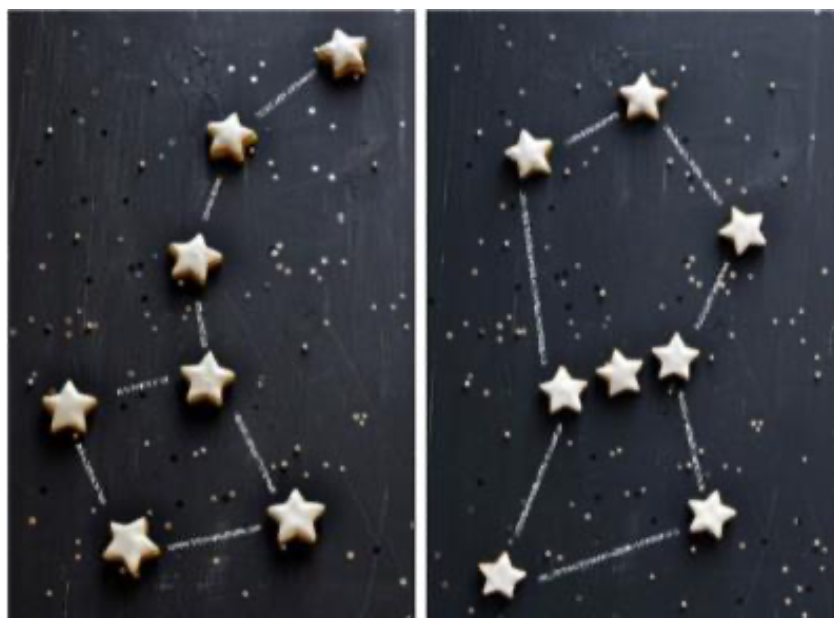
Constellations and their mythology
Learn about the constellations, their mythology and its connection to the culture of each civilization.
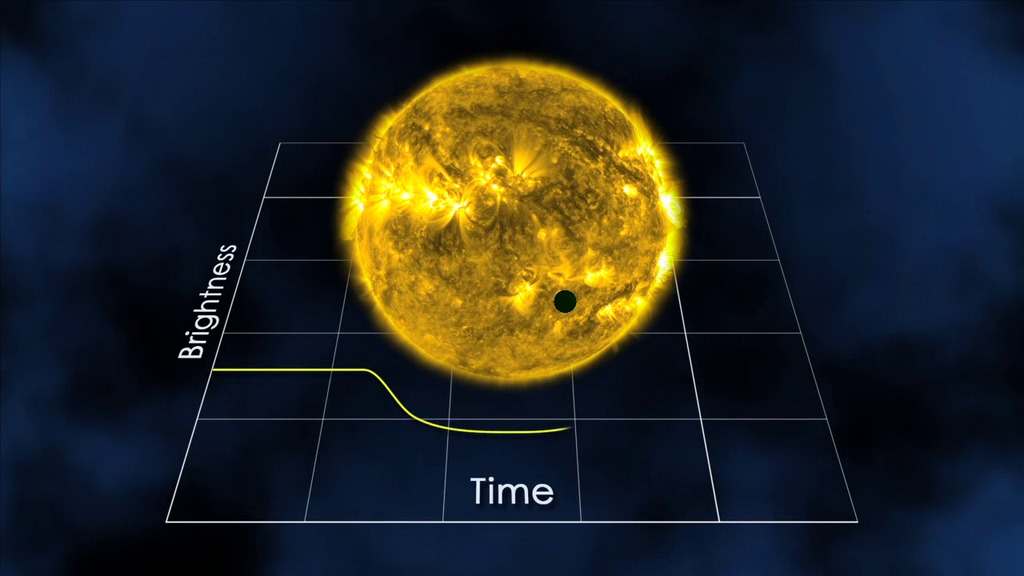
Exoplanets and Newton’s law of universal gravitation
Understand the decisive role that technology has in the collection and analysis of data.
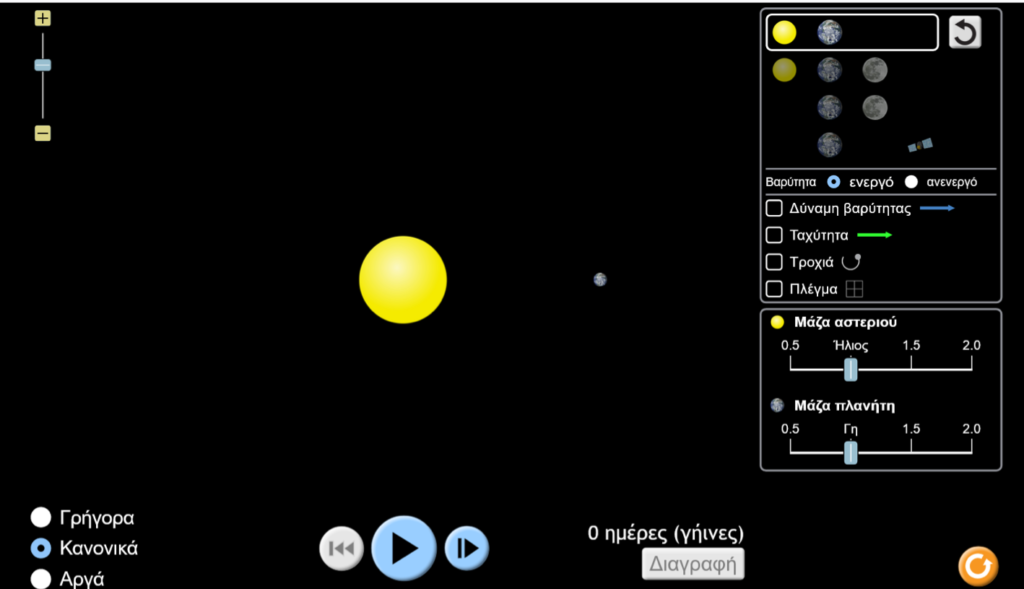
Gravitational force
Study the motion of planets, natural and artificial satellites of our Solar System.
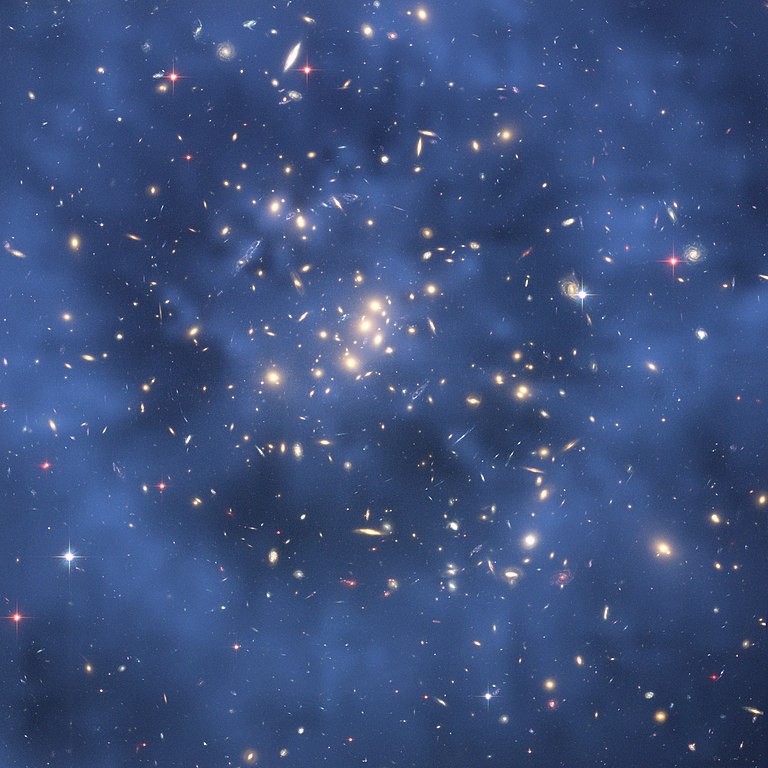
Dark matter
Approach this complex subject through simple experiments.
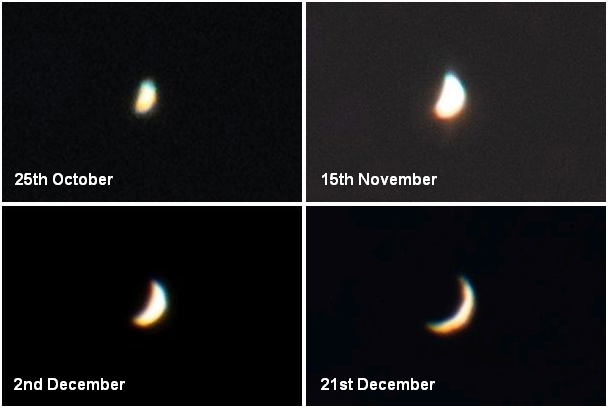
Morning star or evening star?
Calculate the Sun-Venus and Earth-Venus distances through scientific methods.

Moon’s dresses
Unravel the mystery behind the different shapes of the Moon.

Game: Phases of the Moon for toddlers
Learn about the Moon’s phases in this fun game.

Moon’s trajectory
Use lasers to measure the Moon distance.
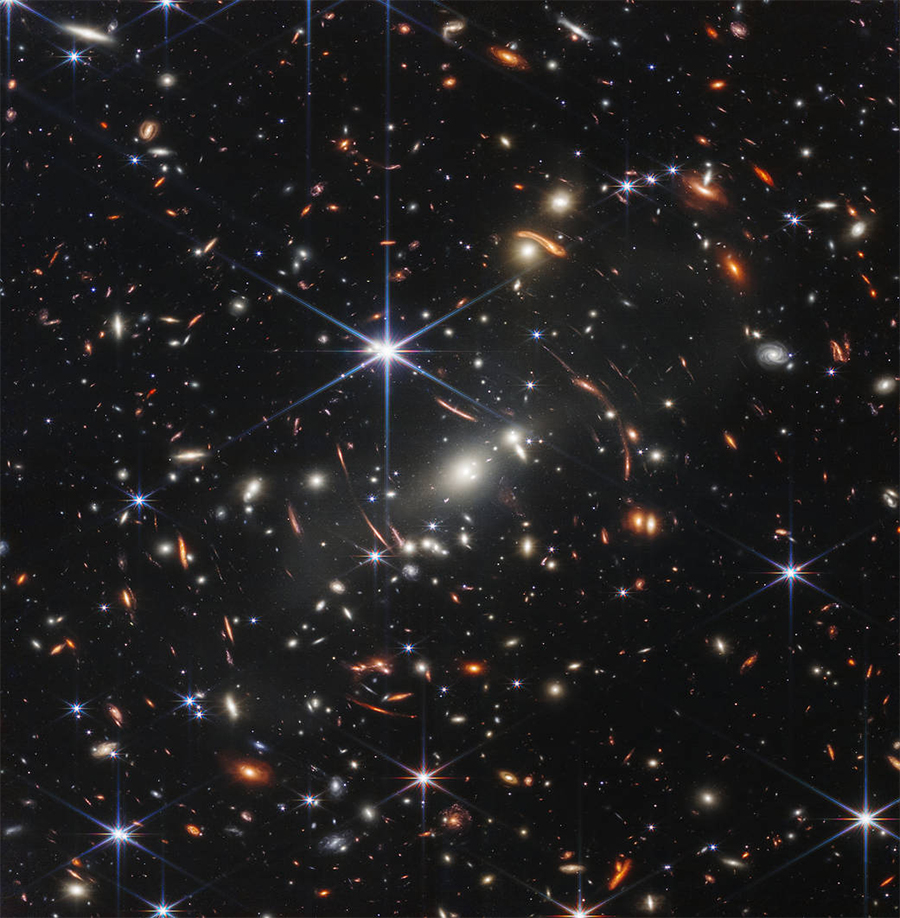
Exploring Galaxies
Explore galaxies beyond the Milky Way.
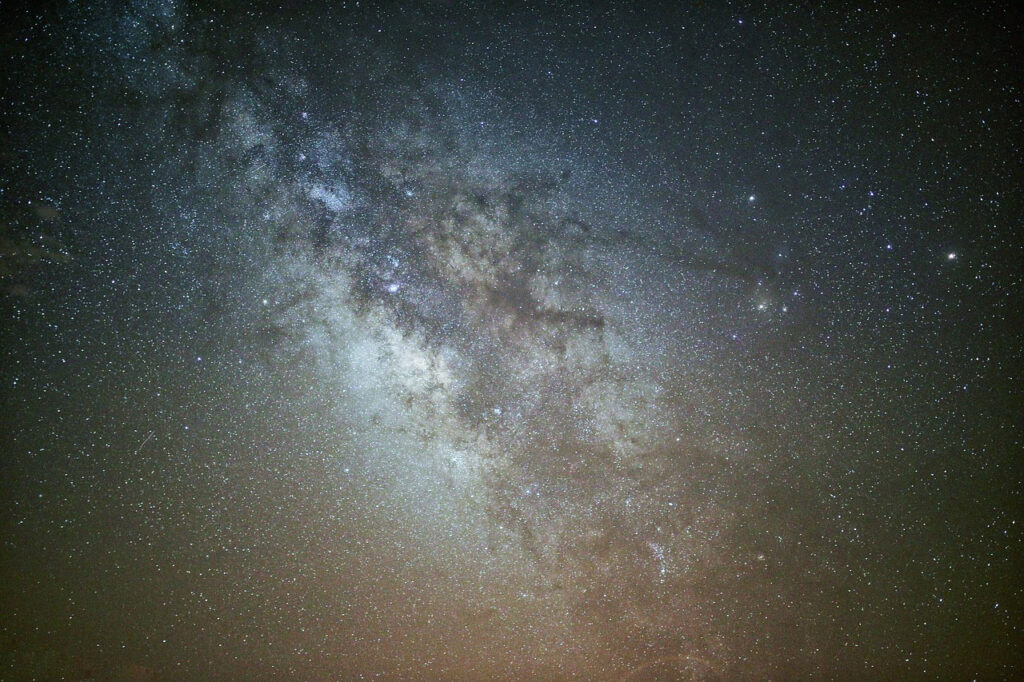
Unique Universe
Using new technologies, art, and our imagination to have a look at places far away.
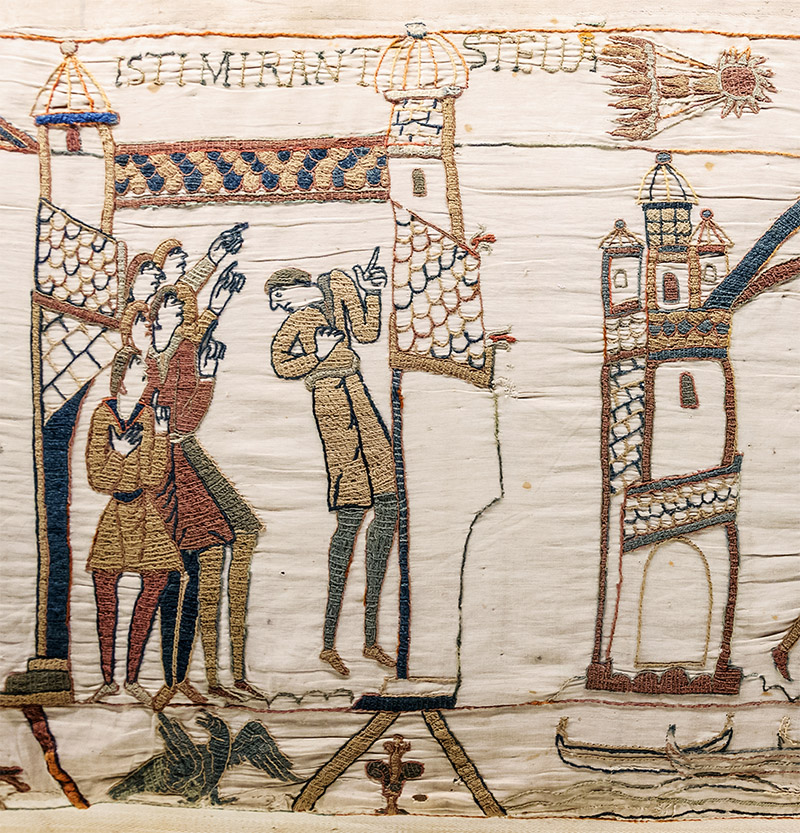
Comets, “the instruments of the devil”!!
Observing comets with robotic telescope!
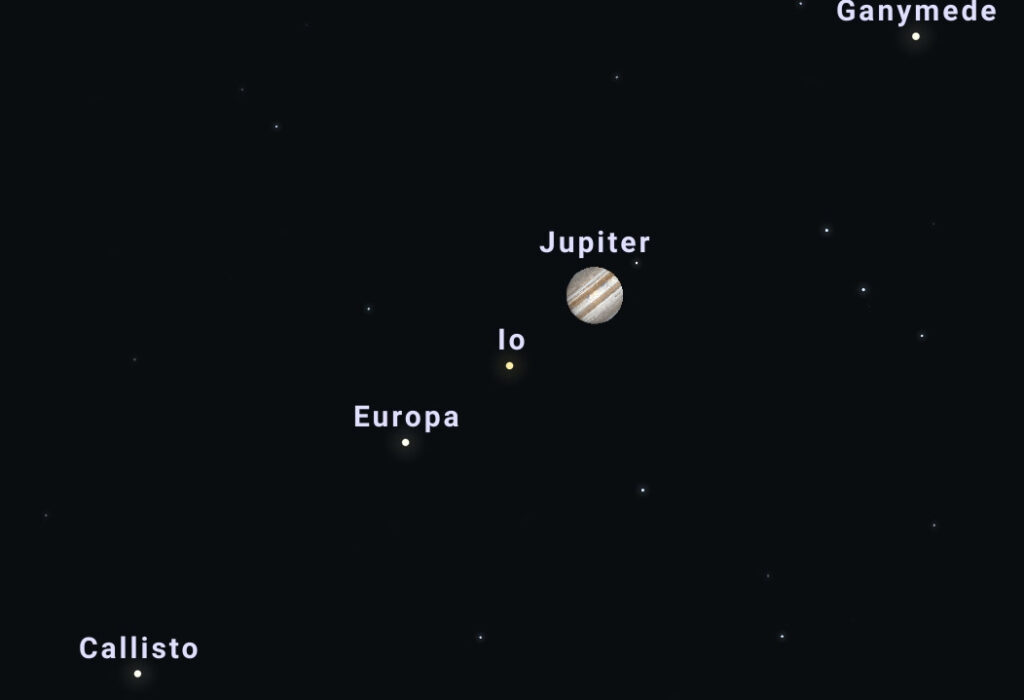
Moons of our Solar System
Explore the moons of our Galaxy. Students will investigate, analyze, collect data and compare.
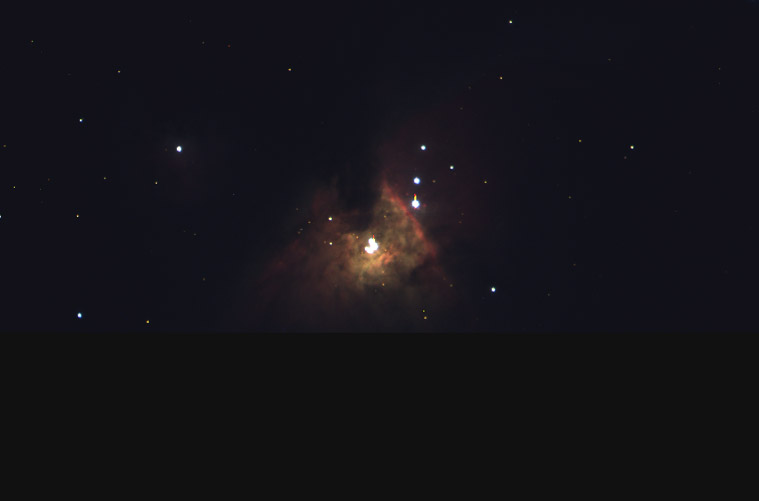
How to give colour to the universe
In this scenario we will try to teach the students how to use a robotic telescope and obtain colour images.
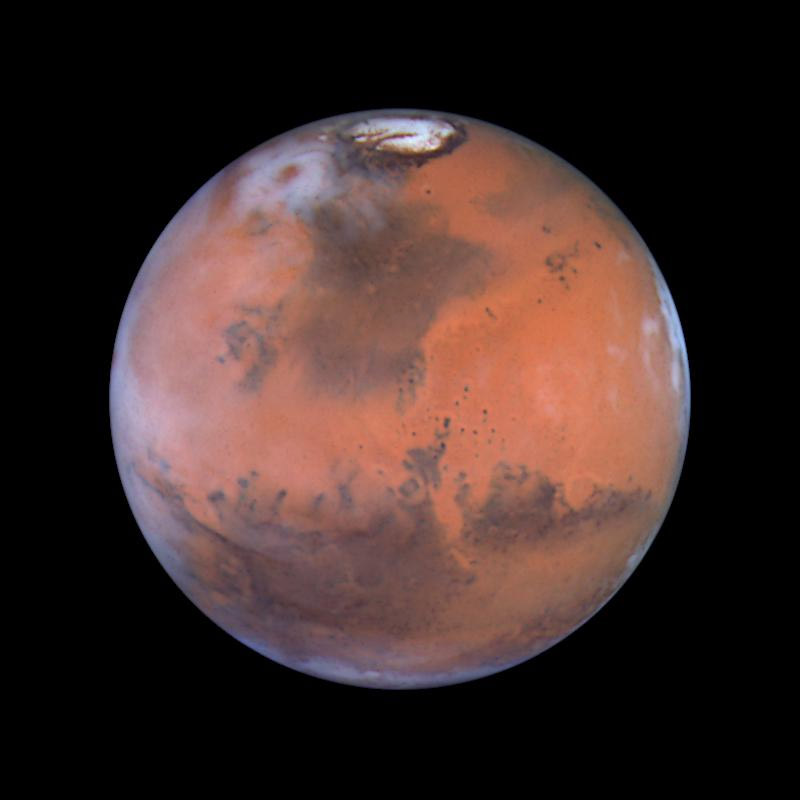
Spotting Mars with Faulkes Telescope
Request an observation with Faulkes Telescope, spot objects in space and see images of previously requested objects.
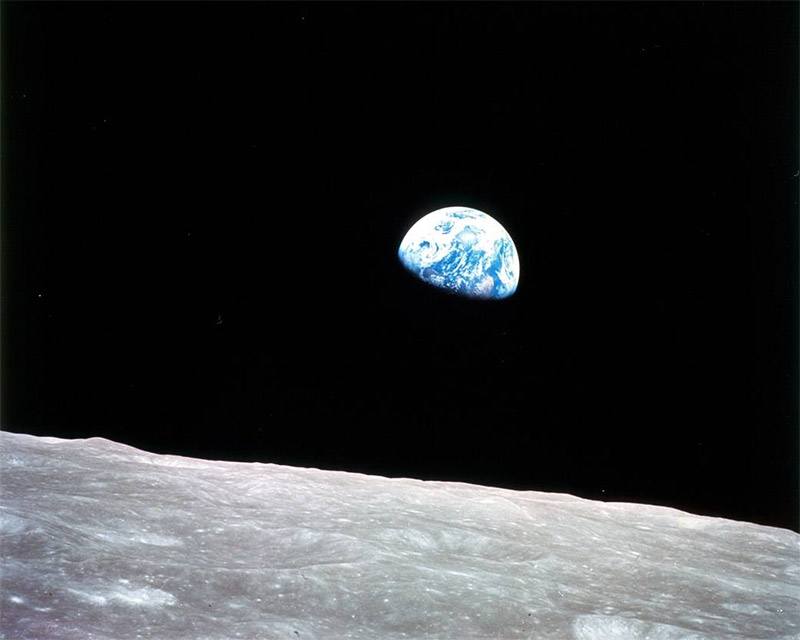
Looking Back From the Moon and Beyond
Discuss iconic historical imagery of the Earth which has shaped our worldview.
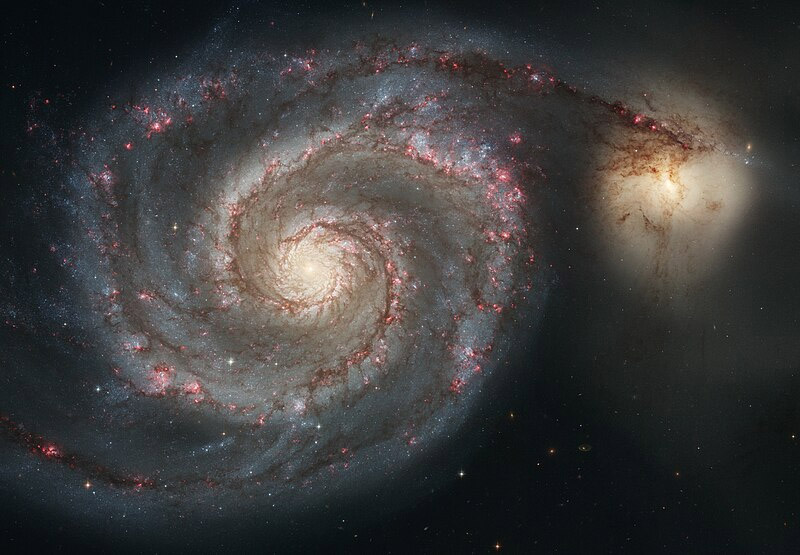
Our Galaxies
Enthuse students about astronomy by introducing the use of robotic telescopes in the classroom.
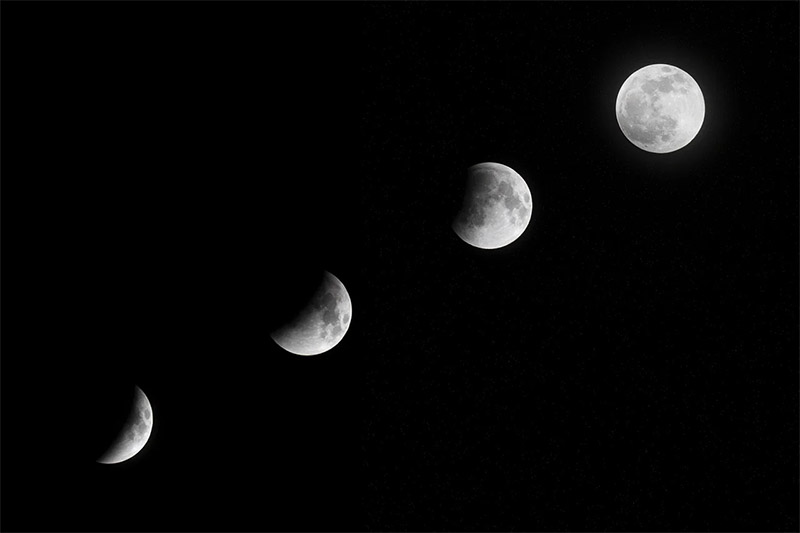
The Phases of the Moon
Study the phases of the Moon with robotic telescopes.
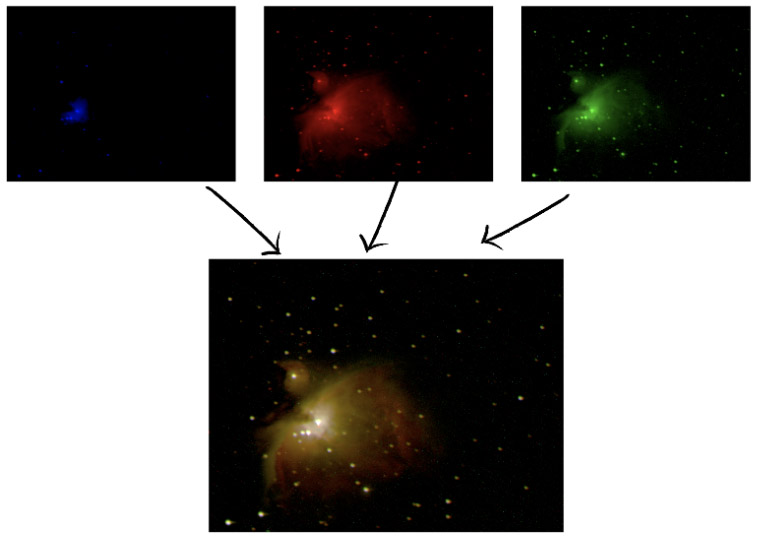
Coloring space using data from robotic telescopes
STEAM activity that focuses on robotic telescopes and astronomical photo editing.
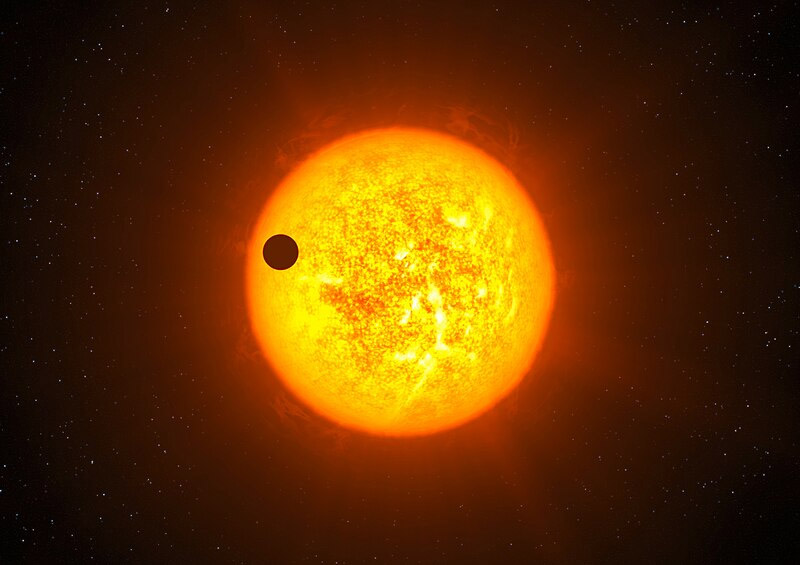
Deep Space: X
Students will get familiar with one exoplanet detection method and with the process of finding an exoplanet using simple tools.
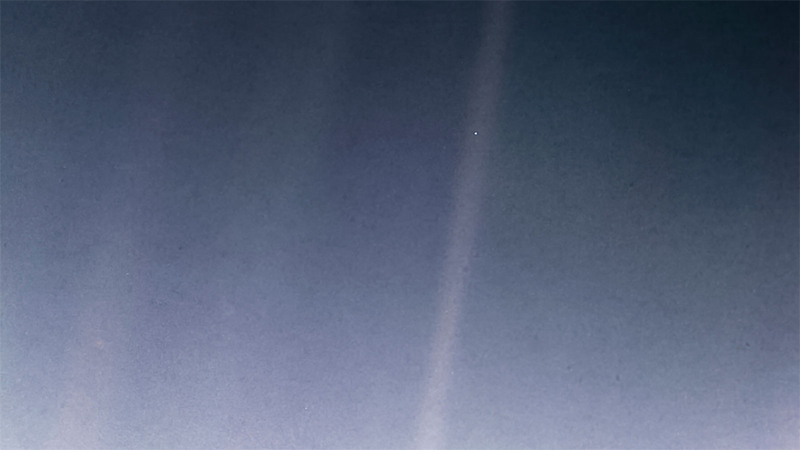
Iconic Imagery of Space
Reflecting about the “Pale Blue Dot”.
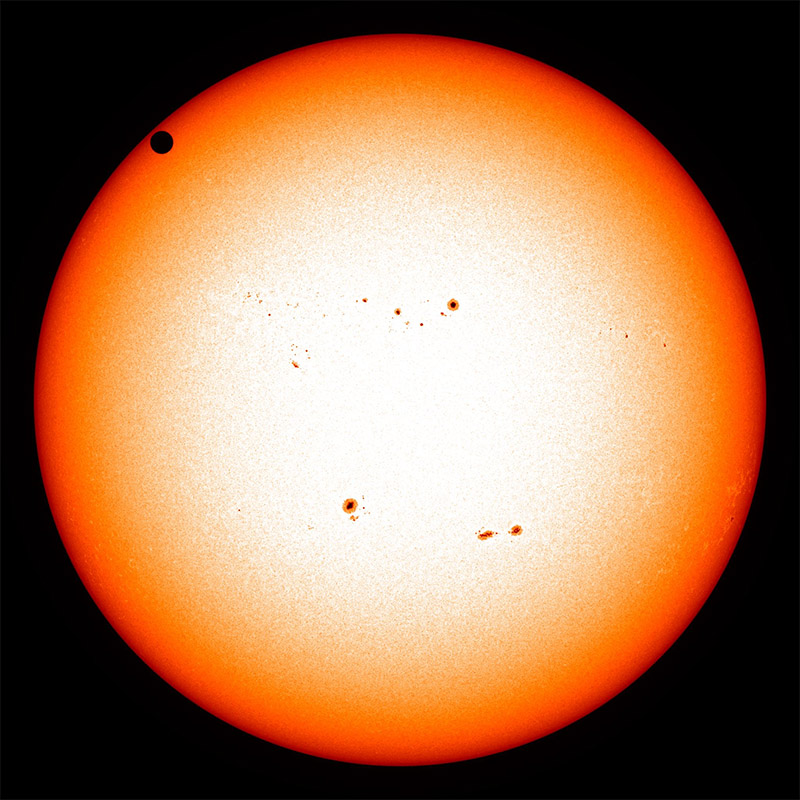
Observing Celestial Bodies
Revisiting the 2004 Venus Transit.
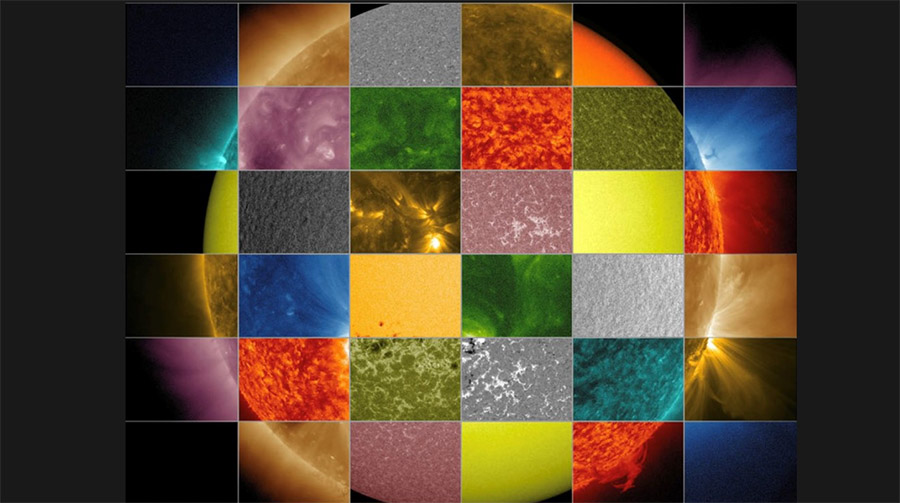
The Spectral Output of Stars
Exploring color images.
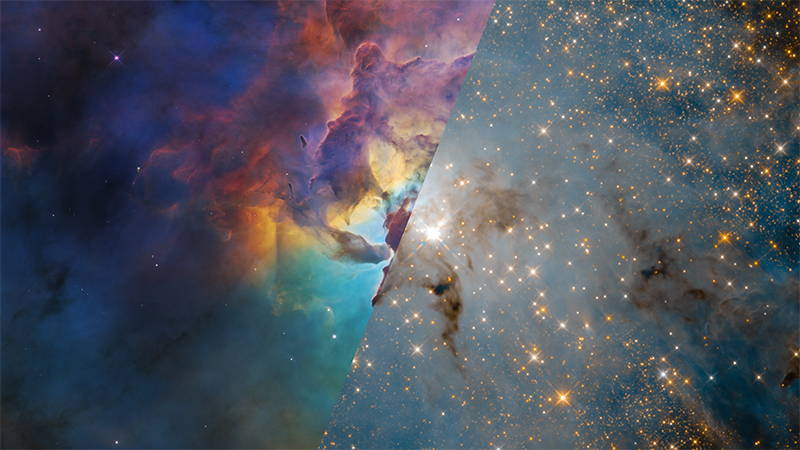
Light is more than meets the eye
The importance of the invisible part of the electromagnetic spectrum, as a means of investigating the cosmic structure and evolution.
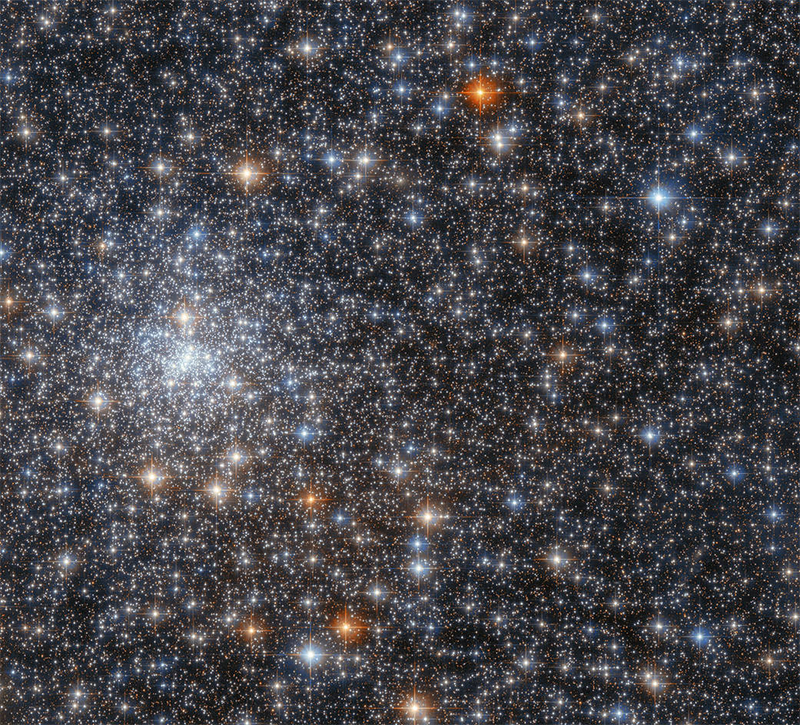
The color of the stars
What the color of stars reveal.

Astronomy: The fairy tale
Students create their own class magazine including self-written fairy tales based on great astronomical discoveries.
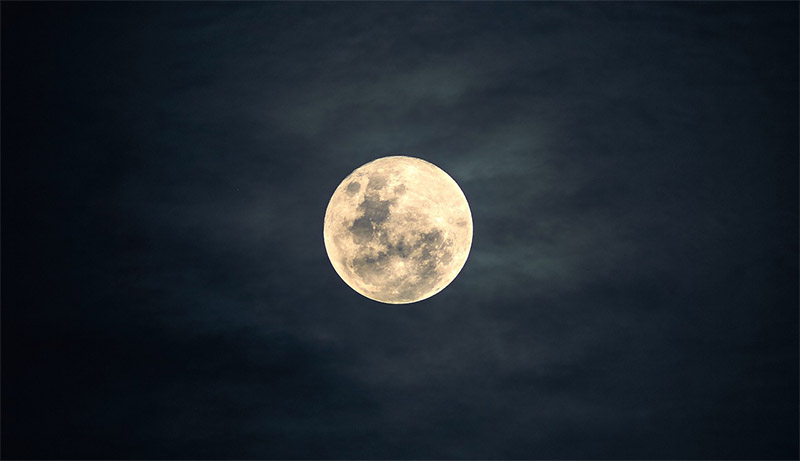
Amazing moons
Students are fascinated with the Universe. From a really young age they can easily observe with their bare eyes the Moon and the stars.
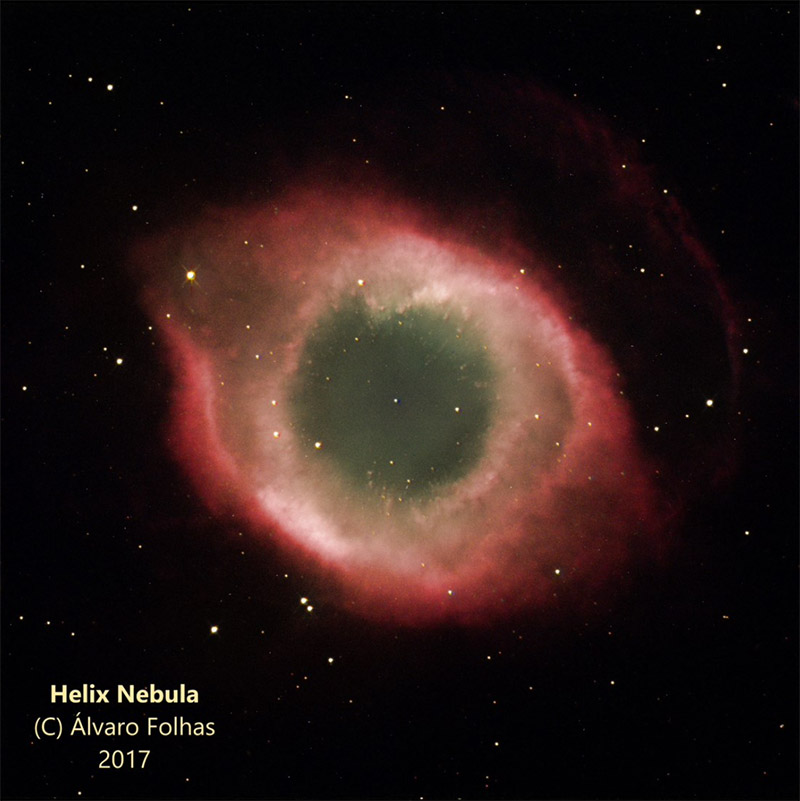
Enlight me with your colors
Work on the concept of light and color, involving interdisciplinarity using remote telescopes and hands-on activities.
